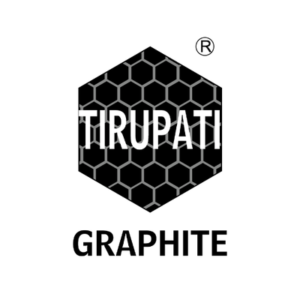Graphite is a naturally occurring crystalline form of carbon, found primarily in metamorphic and igneous rocks. Characterised by contrasting properties, graphite is both extremely soft—breaking with little pressure—and has a low specific gravity, yet it withstands high heat and is inert in contact with most substances. These attributes make it valuable in manufacturing and metallurgy.
The formation of graphite involves high temperatures and pressures within the Earth’s crust and upper mantle, typically reaching 750 degrees Celsius and 75,000 pounds per square inch. Most surface graphite today originated from organic-rich rocks at convergent plate boundaries, where heat and pressure transformed these rocks, forming flake graphite within marble, schist, and gneiss. When concentrated, these rocks are mined, and the graphite is extracted through separation processes.
Some graphite also results from the metamorphism of coal seams, as heat alters coal’s organic compounds, removing elements like hydrogen and oxygen, leaving behind crystalline carbon. Known as “amorphous graphite,” it retains some of coal’s physical characteristics, though the term “amorphous” is technically a misnomer, as the graphite still has a crystalline structure.
In some cases, graphite forms through hydrothermal metamorphism, where carbon in rocks reacts with heat and is deposited in veins. This high-purity graphite has a high degree of crystallinity, making it suitable for electrical applications. Minor graphite deposits also occur in igneous rocks like basalt and syenite and have even been found in meteorites, though these occurrences hold no significant economic value.
Graphite and diamond, both carbon-based minerals, differ vastly in structure and properties. While graphite’s atoms are arranged in hexagonal sheets that cleave easily and contribute to its soft texture, diamond has a rigid three-dimensional lattice, with each atom tightly bonded to four others, making it exceptionally hard.
Graphite’s unique properties, ranging from its softness to high heat resistance, enable its widespread industrial use. Formed under various geological conditions, it exists in several forms, each with distinct characteristics that make it suitable for different applications.
Tirupati Graphite PLC (LON:TGR) is a fully integrated specialist graphite and graphene producer, with operations in Madagascar and India. The Company is delivering on this strategy by being fully integrated from mine to graphene. Its global multi-location operations include primary mining and processing in Madagascar, hi-tech graphite processing in India to produce specialty graphite, and a state-of-art graphene and technology R&D center to be established in India.


